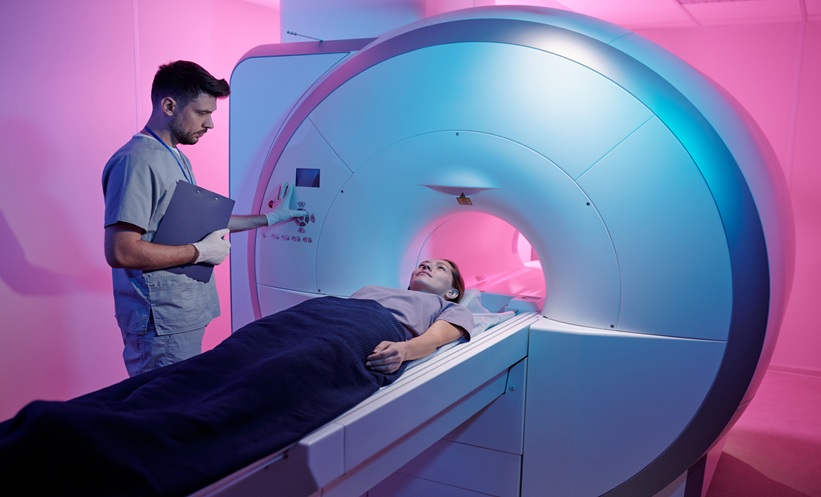A recent study of digital breast tomosynthesis (DBT) screenings has revealed that radiologists can achieve lower false-positive rates and faster interpretation times when reading images in sequential batches. Conducted over 2 years at a large academic screening practice, this observational study analysed over 120,000 DBT examinations to understand how radiologists’ performance changes during batch reading, a method where screenings are reviewed consecutively with minimal breaks in between.
The researchers noted a substantial decrease in false-positive rates as radiologists proceeded through each batch. The data showed that unadjusted false-positive rates dropped from an average of 15.5% at first within a batch to 10.5% by the third case, with this improvement remaining statistically significant even after adjusting for patient age, breast density, and time of day. Importantly, sensitivity, the ability to correctly identify true positive cases, remained stable throughout, indicating that the reduction in false positives did not come at the expense of diagnostic accuracy.
Interpretation times also decreased markedly within batch sessions. On average, radiologists reduced the time spent on each non-cancerous case from 3.2 minutes at the beginning of a batch to 2.7 minutes by the third case, a reduction that persisted in longer batches. The faster interpretation times could reflect a perceptual adaptation effect, wherein radiologists become more efficient as they progress through consecutive cases, possibly improving their overall diagnostic rhythm without compromising accuracy.
These findings suggest that batch reading could be a valuable strategy to enhance radiologist performance in breast cancer screenings by reducing unnecessary recalls and improving efficiency. With potential implications for clinical practice, the study highlights batch reading as a practical way to streamline workflow and reduce patient anxiety linked to false-positive results.
The study’s authors concluded that batch reading could be particularly beneficial for large-scale screening programmes, providing both time savings for radiologists and greater accuracy for patients. Further research may help confirm these benefits across other imaging modalities and explore how batch reading strategies might be optimised in diverse clinical settings.
Reference
Abbey CK et al. Changes in reader performance during sequential reading of breast cancer screening digital breast tomosynthesis examinations. 2024;DOI:10.1148/radiol.232885.








